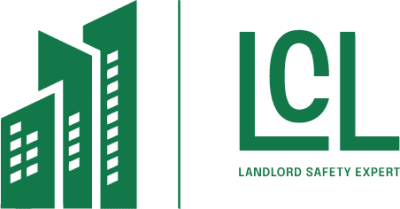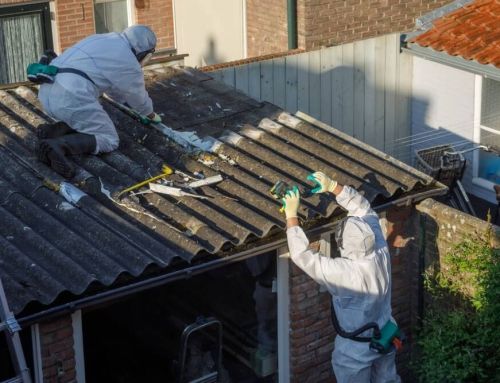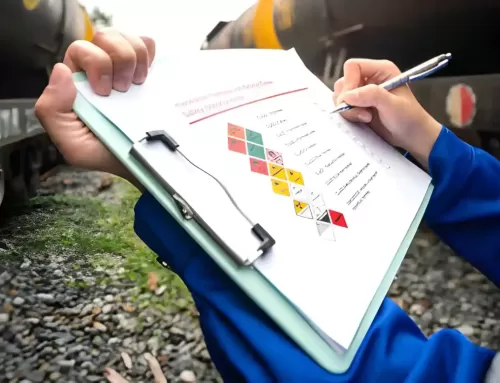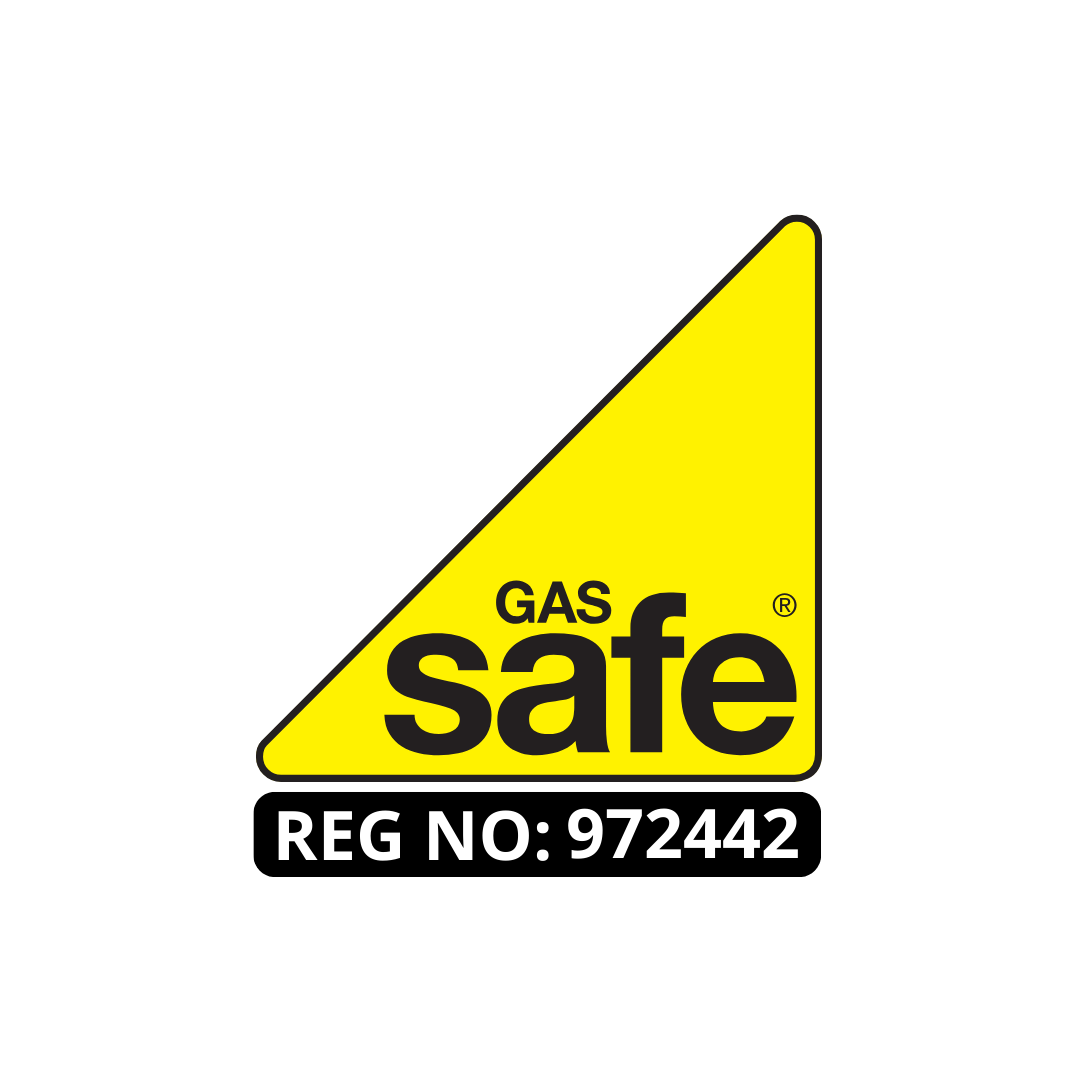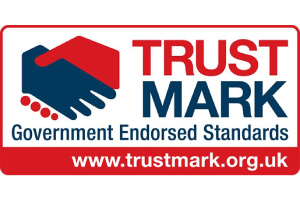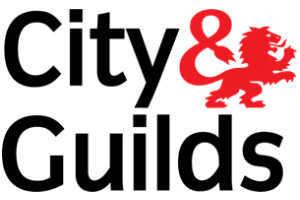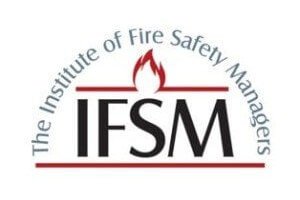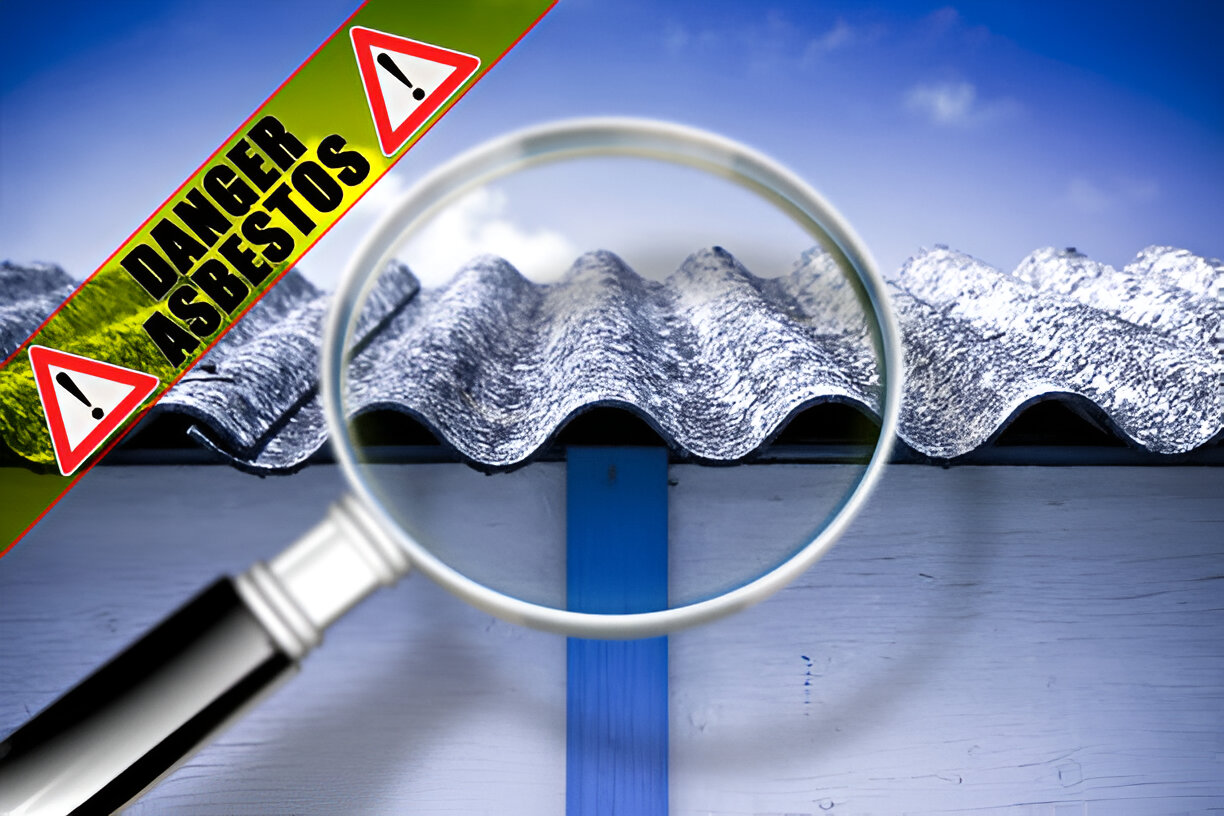
Asbestos, a once ubiquitous material in the construction industry, now poses significant health risks, necessitating rigorous monitoring and management. The requirement for an asbestos survey prior to any building renovation or demolition underscores its critical role in safeguarding public health.
Given the severe implications of exposure, understanding when and why these surveys are necessary is not just a regulatory formality but a crucial preventative measure. This discussion invites exploration into the legal, health, and procedural aspects surrounding asbestos surveys, aiming to clarify their importance in contemporary construction and renovation practices. What are the potential consequences of neglecting this vital safety step?. Let explore When Is an Asbestos Survey Needed.
Key Takeaways
- Asbestos surveys are required before demolishing or renovating buildings constructed before 2000.
- Non-domestic buildings and older residential properties must have surveys to identify asbestos risks.
- Surveys should be conducted during the planning phase of construction projects to ensure safety and legal compliance.
- Regular inspections are mandated for public buildings, such as schools and hospitals, to manage ongoing asbestos exposure risks.
- Timely surveys are critical to avoid legal consequences, including fines and project delays.
Asbestos Survey Legal Mandates
Understanding the legal mandates for asbestos surveys is essential for property owners and managers to ensure compliance with regulatory requirements. The Control of Asbestos Regulations 2012 legally obligates the execution of asbestos surveys in non-domestic buildings in the UK, particularly those constructed prior to 2000. This regulation underscores the necessity of identifying asbestos-containing materials (ACMs) before any demolition or significant renovation work begins.
Failure to comply can attract hefty fines and legal actions enforced by the Health and Safety Executive (HSE).
Surveys must be conducted by trained, certified surveyors whose expertise ensures that all potential ACMs are accurately identified and managed. The importance of these surveys extends beyond mere regulatory adherence; they are crucial for the protection of public health.

When Is an Asbestos Survey Needed
Regular inspections, especially in buildings like schools and hospitals, are mandated to maintain safety standards against asbestos exposure risks.
Compliance is not just a legal formality but a critical measure to mitigate health risks associated with asbestos, which can lead to severe respiratory diseases and cancers.
Property owners must ensure that these surveys are part of their regular safety audits to uphold public health and safety standards effectively.
Timing for Required Surveys
Determining the appropriate timing for required asbestos surveys is critical for ensuring compliance with legal standards and safeguarding public health. Asbestos surveys are crucial before any demolition or major renovation in older buildings, as mandated by regulations such as the Control of Asbestos Regulations 2012.
For non-domestic buildings and any residential properties built before 2000, an asbestos survey must be conducted to identify any asbestos-containing materials (ACMs) before beginning work. This is essential to prevent asbestos exposure, which can lead to severe health issues.
The timing of an asbestos survey should ideally coincide with the planning phase of any construction or renovation project. This allows for any findings from the survey to be integrated into the project planning, ensuring that any ACMs are handled according to legal and safety standards.
Furthermore, regular asbestos inspections are required for buildings known to contain asbestos, with particular emphasis on public buildings like schools and hospitals to maintain safety and compliance.
Failure to conduct timely asbestos surveys can result in significant legal consequences, including fines and potential halting of construction projects. Therefore, property owners and managers must prioritize these surveys to comply with health and safety regulations effectively.
Survey Types and Differences
While there are several types of asbestos surveys, each serves a specific purpose and entails different methodologies.
The Management Asbestos Survey primarily focuses on regular operations within a building, aiming to manage asbestos-containing materials (ACMs) that are present. This survey type is less intrusive and does not typically require aggressive sampling methods, making it suitable during the normal occupancy of the building without causing significant disruption.
On the other hand, the Refurbishment and Demolition Asbestos Survey is necessary when any construction work, significant refurbishments, or demolition is planned. This survey is more detailed and intrusive, requiring extensive sampling to ensure that all ACMs are identified before any structural work commences.
It involves a thorough examination of all areas, including those that might be difficult to reach, ensuring that hidden ACMs are not overlooked.
Each survey type must be conducted by competent surveyors who are trained and certified to handle asbestos assessments safely and effectively.
The findings from these surveys lead to the creation of an asbestos register and a detailed management plan, which are essential documents for maintaining regulatory compliance and ensuring public safety.
Identifying Asbestos Risks
Identifying asbestos risks is a critical step in ensuring the safety of both occupants and workers within potentially affected properties. The presence of asbestos-containing materials (ACMs) can pose significant hazards, particularly in older buildings constructed before asbestos use regulations were fully implemented. Meticulous identification and assessment are pivotal to formulating an effective management strategy.
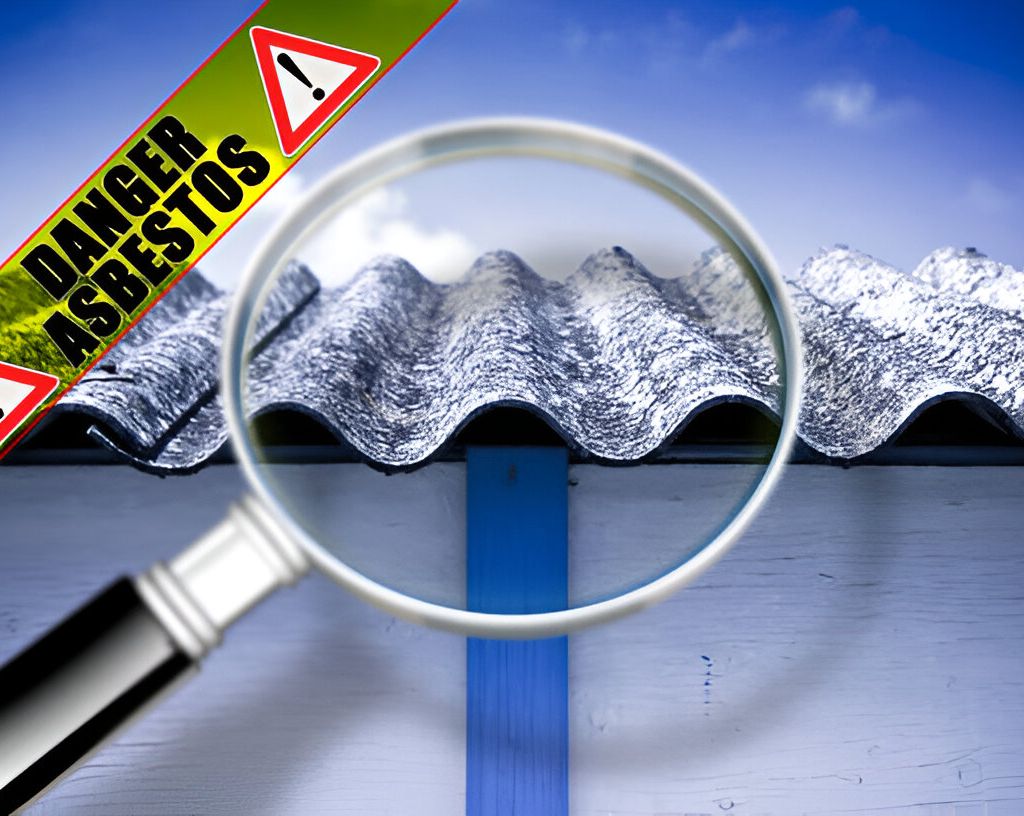
Key aspects of identifying asbestos risks include:
- Historical Analysis: Reviewing building construction dates and renovation history to pinpoint periods when asbestos was commonly used.
- Visual Inspection: Conducting thorough visual inspections by certified professionals to identify suspect materials, such as insulation, tiles, and roofing.
- Material Sampling: Collecting samples of suspected ACMs and submitting them for laboratory analysis to confirm the presence of asbestos.
- Risk Assessment: Evaluating the condition of identified ACMs to determine the potential for fiber release and subsequent exposure risk.
These steps are crucial for ensuring that appropriate measures are taken, including the development of an asbestos management plan, to mitigate exposure risks and comply with legal standards.
Effective identification not only safeguards health but also aligns with rigorous regulatory requirements, preventing legal and financial repercussions.
Health Implications of Exposure
Understanding the health implications of asbestos exposure links directly to its identification in building materials. Prolonged inhalation of asbestos fibers can lead to serious, and often fatal, diseases affecting the lungs and the pleura (the lining surrounding the lungs). These health issues do not manifest immediately but develop over decades.
Asbestos-related diseases include asbestosis, a type of pulmonary fibrosis caused by asbestos fibers in the lungs, and mesothelioma, a rare and aggressive cancer almost exclusively caused by asbestos exposure. Lung cancer can also be significantly attributed to asbestos, with a synergistic effect observed in smokers who are exposed.
The following table outlines key diseases, their symptoms, and latency periods:
| Disease | Symptoms | Latency Period |
|---|---|---|
| Asbestosis | Shortness of breath, persistent cough | 10-30 years |
| Mesothelioma | Chest pain, abdominal pain, fluid buildup | 20-50 years |
| Lung Cancer | Coughing, weight loss, chest discomfort | 10-30 years |
These diseases underline the critical need for early identification and management of asbestos-containing materials. This knowledge not only protects public health but also guides the necessity for thorough asbestos surveys before any building renovation or demolition.
Asbestos Management Strategies
Effective asbestos management strategies are crucial for maintaining safe environments in buildings containing asbestos materials. These strategies ensure that asbestos-containing materials (ACMs) are handled correctly, minimizing health risks and ensuring compliance with safety regulations.
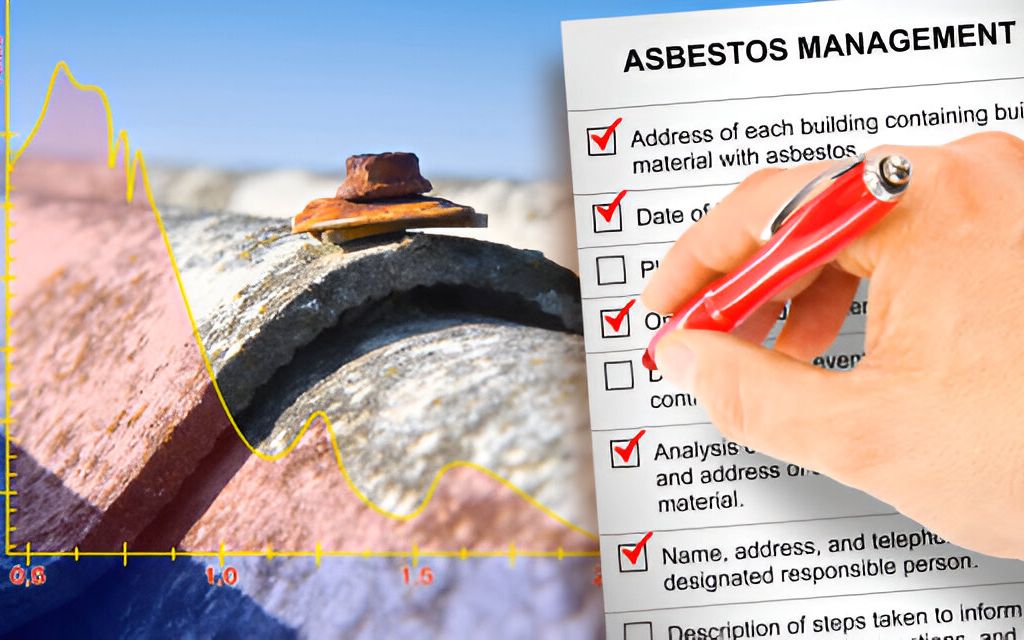
- Regular Asbestos Audits: Conduct comprehensive audits to identify and assess the condition of ACMs. This ensures timely intervention and management.
- Asbestos Register Maintenance: Maintain an up-to-date asbestos register that records the location, condition, and any changes or disturbances to the ACMs. This document is vital for managing asbestos risks effectively.
- Training and Awareness Programs: Implement training programs for maintenance staff and workers to handle asbestos safely. Awareness about the dangers of asbestos and the necessary safety precautions is crucial.
- Risk Assessment and Control Plans: Develop and implement a detailed asbestos management plan that outlines risk assessments, control measures, and monitoring protocols. This plan should be reviewed and updated regularly to adapt to any changes in the building or regulations.
These management strategies form the backbone of responsible asbestos handling and are essential for protecting health while complying with legal requirements. They ensure that all interactions with ACMs are approached with the highest level of safety and expertise.
Removal and Safety Procedures
Building on the foundation of rigorous asbestos management strategies, the focus shifts to the equally important removal and safety procedures. The essence of effective asbestos removal hinges on adhering to strict safety protocols designed to mitigate exposure to asbestos fibers during the abatement process. This involves the implementation of a well-structured plan that begins with a comprehensive asbestos survey to pinpoint the precise locations and conditions of asbestos-containing materials (ACMs).
Once identified, the removal process requires the establishment of controlled zones, using critical barriers and negative air pressure systems to prevent the dispersion of fibers. Only trained and certified professionals should handle the removal, equipped with personal protective equipment (PPE), including respirators and disposable coveralls.
These specialists employ wetting techniques to suppress dust and carefully encapsulate or enclose the ACMs for safe disposal in accordance with environmental regulations.
Throughout the procedure, real-time air monitoring is imperative to ensure that fiber release does not exceed permissible exposure limits, safeguarding not only the workers but also the surrounding environment.
The final phase involves a thorough decontamination of the removal area and verification through visual inspection and air quality testing to confirm that the area is safe for reoccupation.
Compliance and Enforcement Actions
Navigating the intricate landscape of asbestos regulation, compliance with legal mandates is crucial for property owners and managers. Ensuring adherence to these regulations not only safeguards public health but also mitigates potential legal and financial repercussions.
Non-compliance can trigger a series of enforcement actions by regulatory bodies, designed to enforce strict adherence and penalize negligence.
- Inspection and Monitoring: Regular inspections by health and safety agencies ensure that asbestos-containing materials (ACMs) are managed according to legal standards.
- Fines and Penalties: Failure to comply with asbestos surveys and management plans can result in significant fines, calculated based on the severity and duration of the breach.
- Legal Prosecution: In cases of gross negligence or repeated non-compliance, property owners may face criminal charges, leading to prosecution.
- Mandatory Corrective Actions: Regulatory bodies can impose mandatory corrective measures, including forced cessation of ongoing construction or renovation activities until compliance is achieved.
Understanding these potential outcomes emphasizes the importance of proactive compliance. Property owners are advised to work closely with certified asbestos professionals to ensure all regulatory requirements are met, thereby avoiding the costly consequences of enforcement actions.
Conclusion
In conclusion, adhering to legal mandates for asbestos surveys is crucial for ensuring the safety and compliance of construction and renovation projects. These surveys, mandatory before demolitions and major renovations, not only identify the presence of asbestos but also facilitate strategic management and safe removal practices. Continued enforcement and regular inspections are imperative to mitigate health risks and maintain public safety, thereby underscored by the critical need for awareness and adherence to regulatory frameworks.
About the Author: LandlordCertificate
Related Posts
Get Social
Recent Posts
- Fuse Box Installation: Everything Homeowners Need to Know Before Getting Started
- EICR Certificate London: Understanding Your Legal Duty as an Owner
- Behind the Scenes of a Gas Safety Certificate London Inspection in Homes
- The Role of Fire Alarm Installation in Building Safety
- How Often Should a Fire Risk Assessment Be Reviewed?
